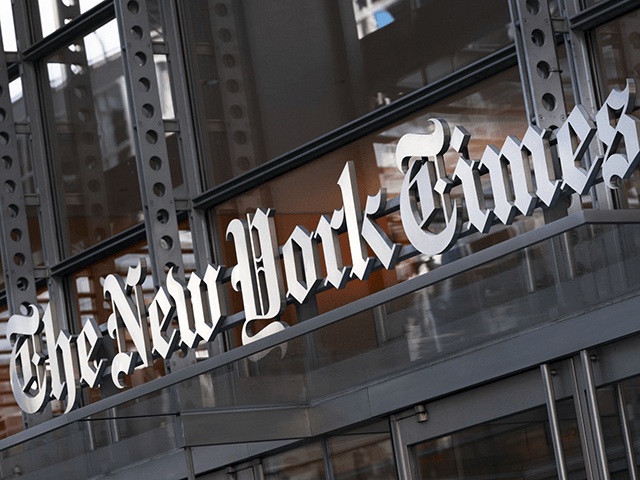The New York Times editorial board has finally admitted that coronavirus-related school closures “may prove to be the most damaging disruption in the history of American education” in a Sunday opinion piece.
The editorial, titled “The Startling Evidence on Learning Loss Is In,” reflected on the “significant” learning loss suffered by millions of American children who were kept out of the classroom by lockdown policies, and warned of the lasting impact.
RELATED VIDEO — Foer: Biden Trimmed Back Plans to Get Kids Back in School During COVID, Partially to Avoid Conflict with Unions:
“The evidence is now in, and it is startling. The school closures that took 50 million children out of classrooms at the start of the pandemic may prove to be the most damaging disruption in the history of American education,” the board opined.
“It also set student progress in math and reading back by two decades and widened the achievement gap that separates poor and wealthy children,” the piece continued, arguing that the learning losses “will remain unaddressed when the federal money runs out in 2024.”
This will cause students to experience “diminished lifetime earnings and become a significant drag on the economy,” the board added, citing projections from economists.
The Times went on to argue that “students who grew accustomed to missing school during the pandemic continue to do so after the resumption of in-person classes,” sharing that “millions” of kids have become “chronically absent,” meaning they miss 10 percent or more of school days.
RELATED VIDEO — NEA President: “We Needed to Follow the Science” on COVID School Closures:
The board also noted that these children are now “also vulnerable to mental health difficulties that worsened during the pandemic,” citing CDC statistics which revealed that more than 40 percent of high schoolers had “persistent feelings of sadness and hopelessness”; 22 percent had “seriously considered suicide”; 10 percent “reported that they had attempted suicide.”
The editorial concluded:
The learning loss crisis is more consequential than many elected officials have yet acknowledged. A collective sense of urgency by all Americans will be required to avert its most devastating effects on the nation’s children.
Though the Times editorial board now believes that school closures were harmful, the publication’s reporting during the pandemic strongly advocated for them.
In a March 2020 article, Dr. Aaron E. Carroll wrote, “More and more schools have chosen to close in the past few days, reflecting a growing consensus that the benefits of closings outweigh the harms, especially since many of the harms can be mitigated.”
RELATED VIDEO — Brown Economist Oster: We’ll See Impacts of Learning Loss “More or Less Forever” Due to “Tremendous Failure by Adults”:
The pediatrics professor and medical contributor to the Times argued that the “immediate goal is to flatten the curve so that the peak infection rate stays manageable”:
With better testing and screening, it’s possible to imagine keeping schools open and still protecting families. Failing that, and we in the U.S. have been failing so far, school closures and significant physical distancing are starting to look like the best bet.
The Times also published an opinion piece in August 2020 posing the question: “What if Some Kids Are Better Off at Home?”
The publication also put out an analysis that same month that laid out which parts of the country could safely reopen schools, advising most of the country to keep them closed.

COMMENTS
Please let us know if you're having issues with commenting.